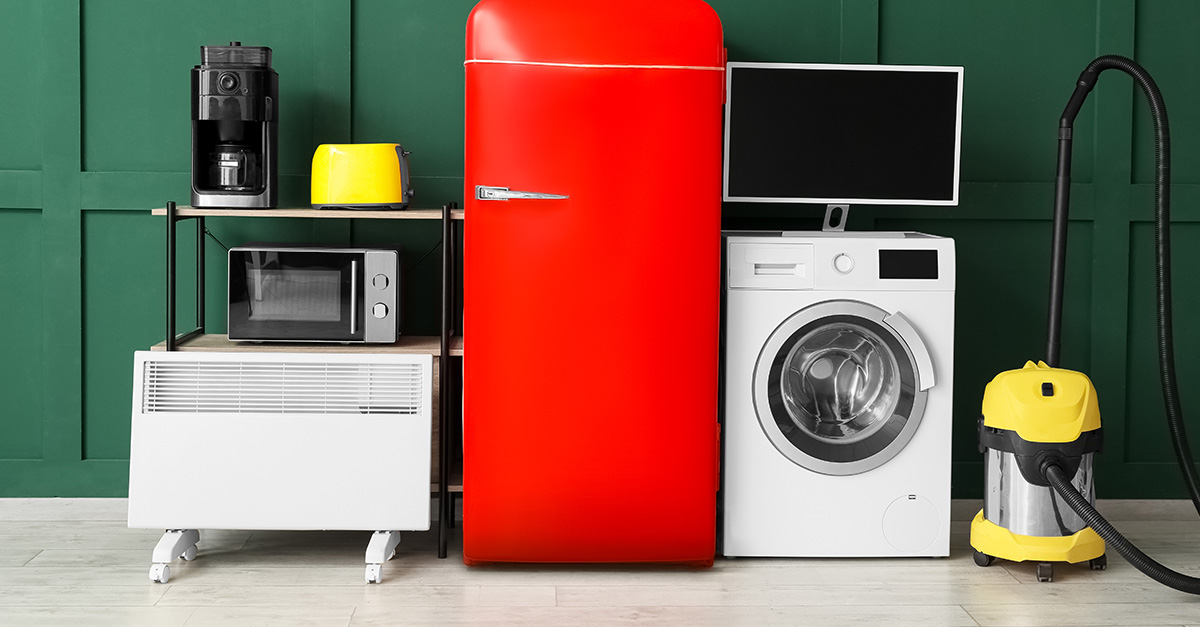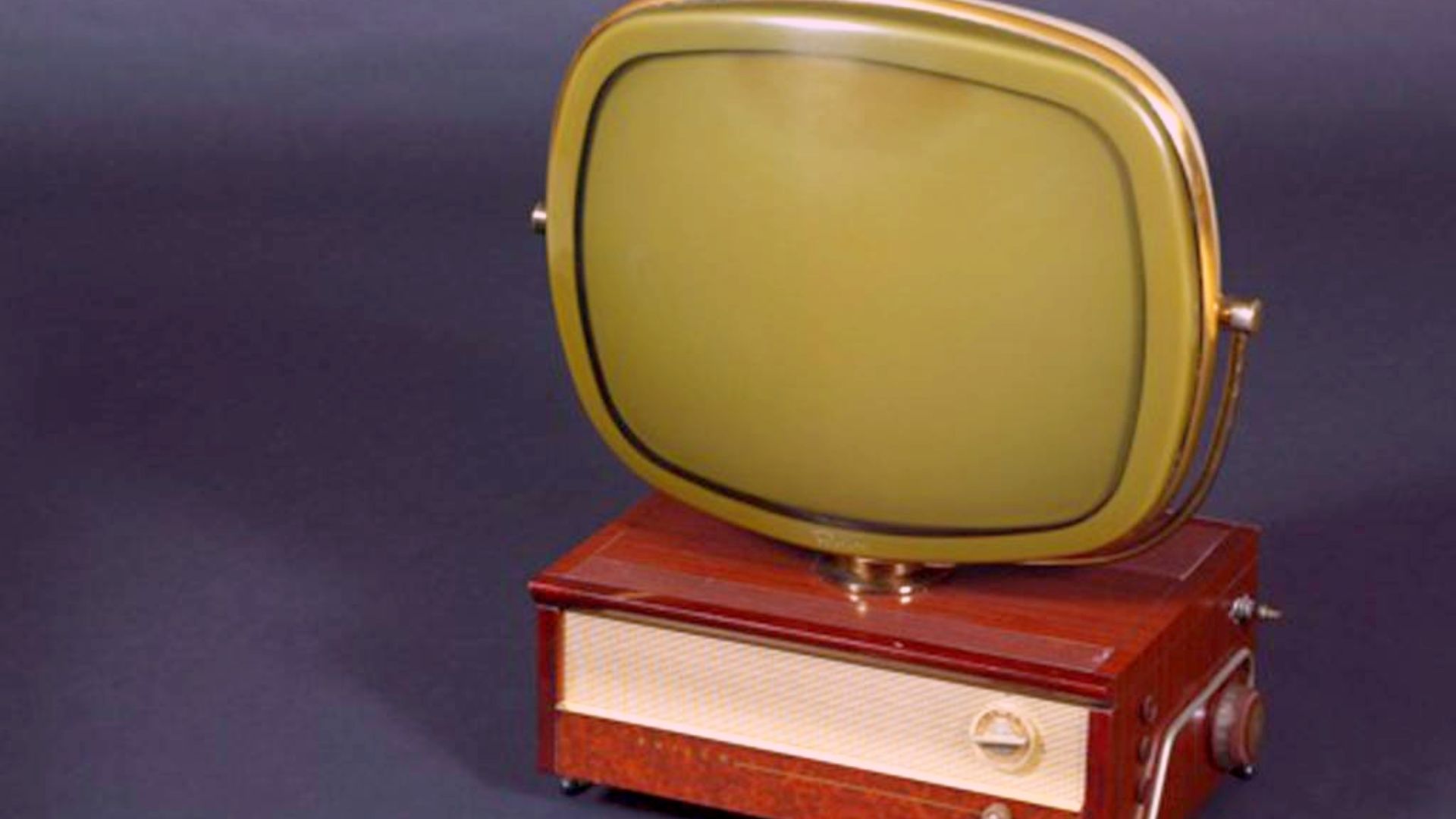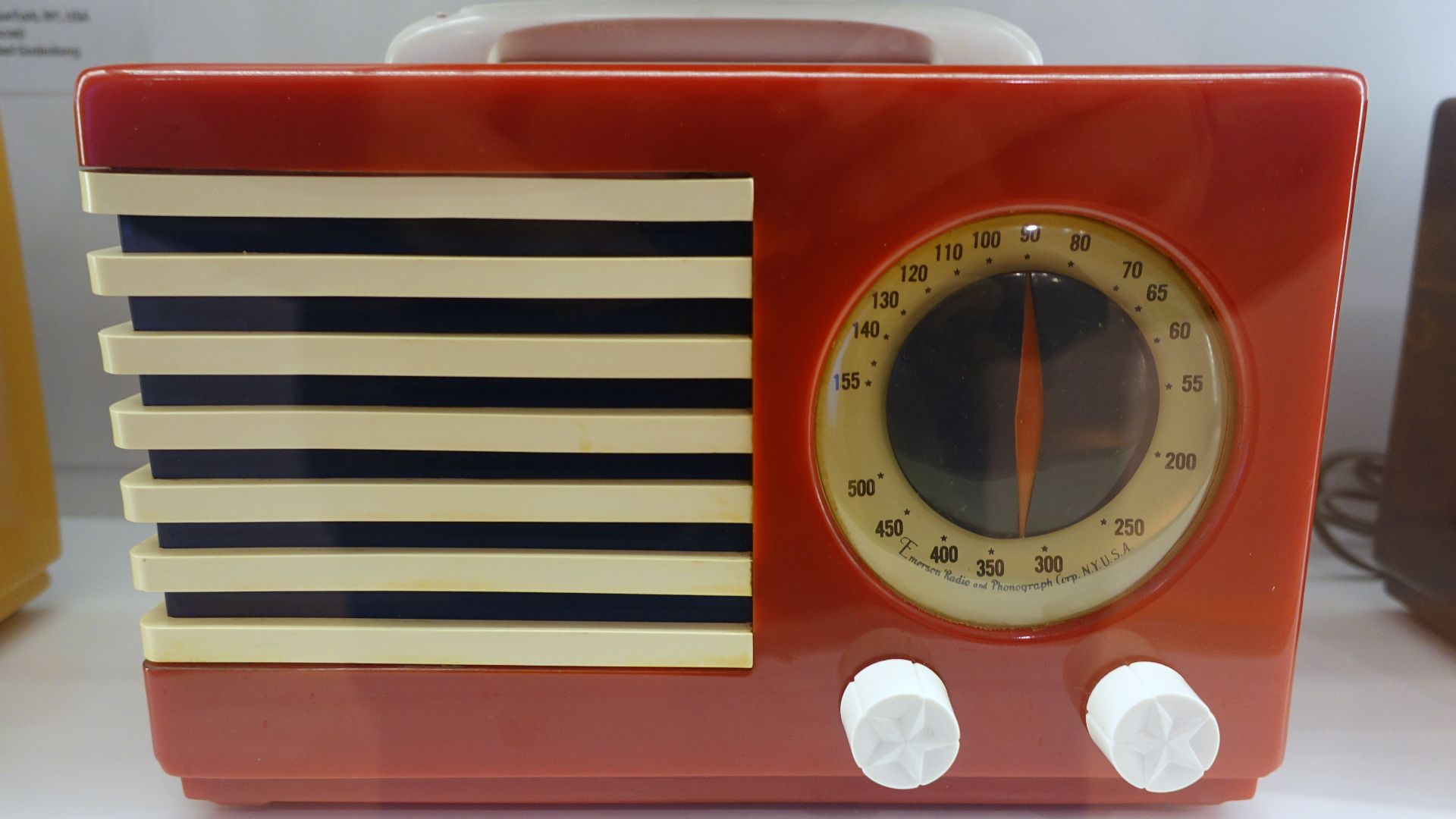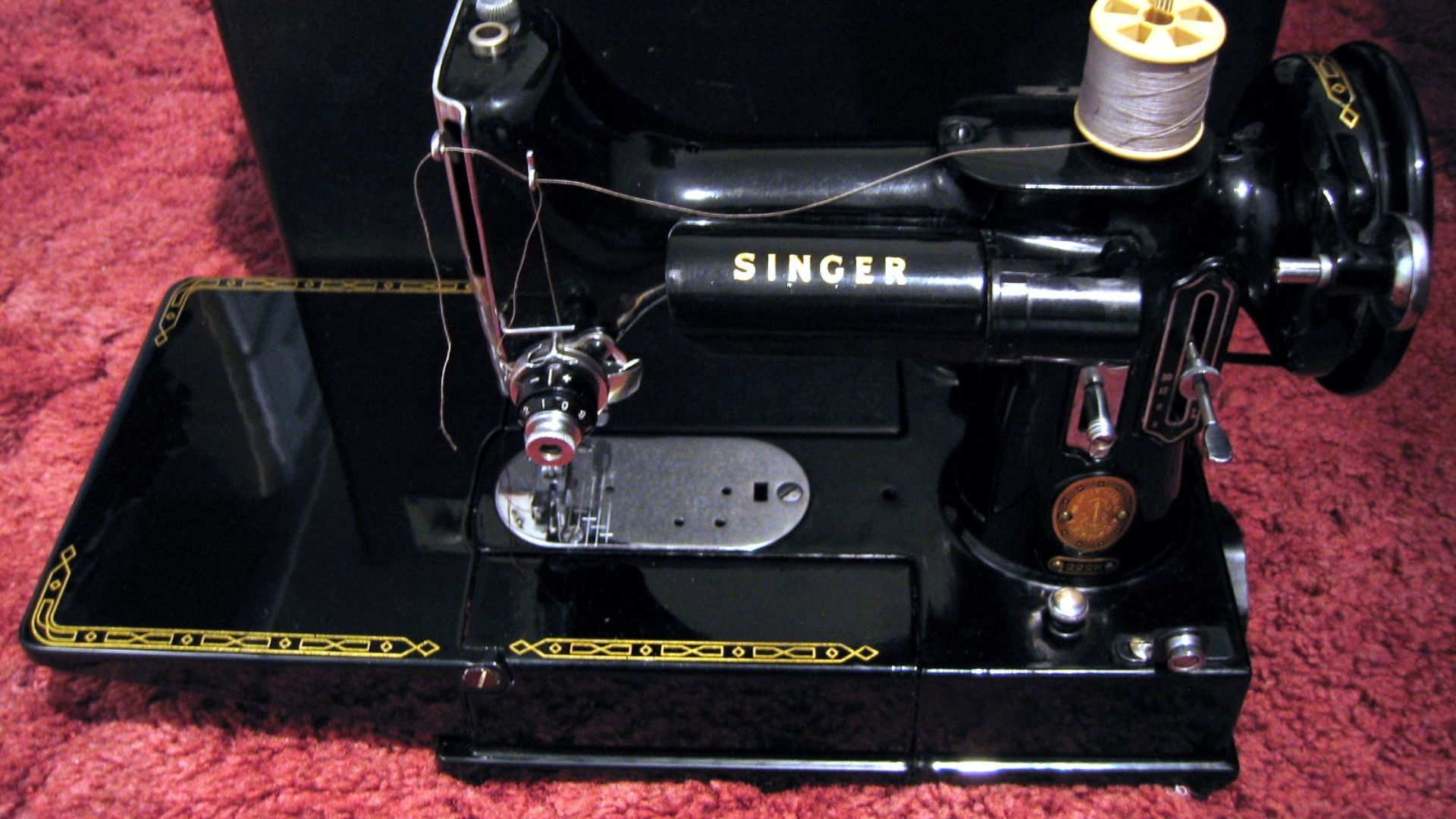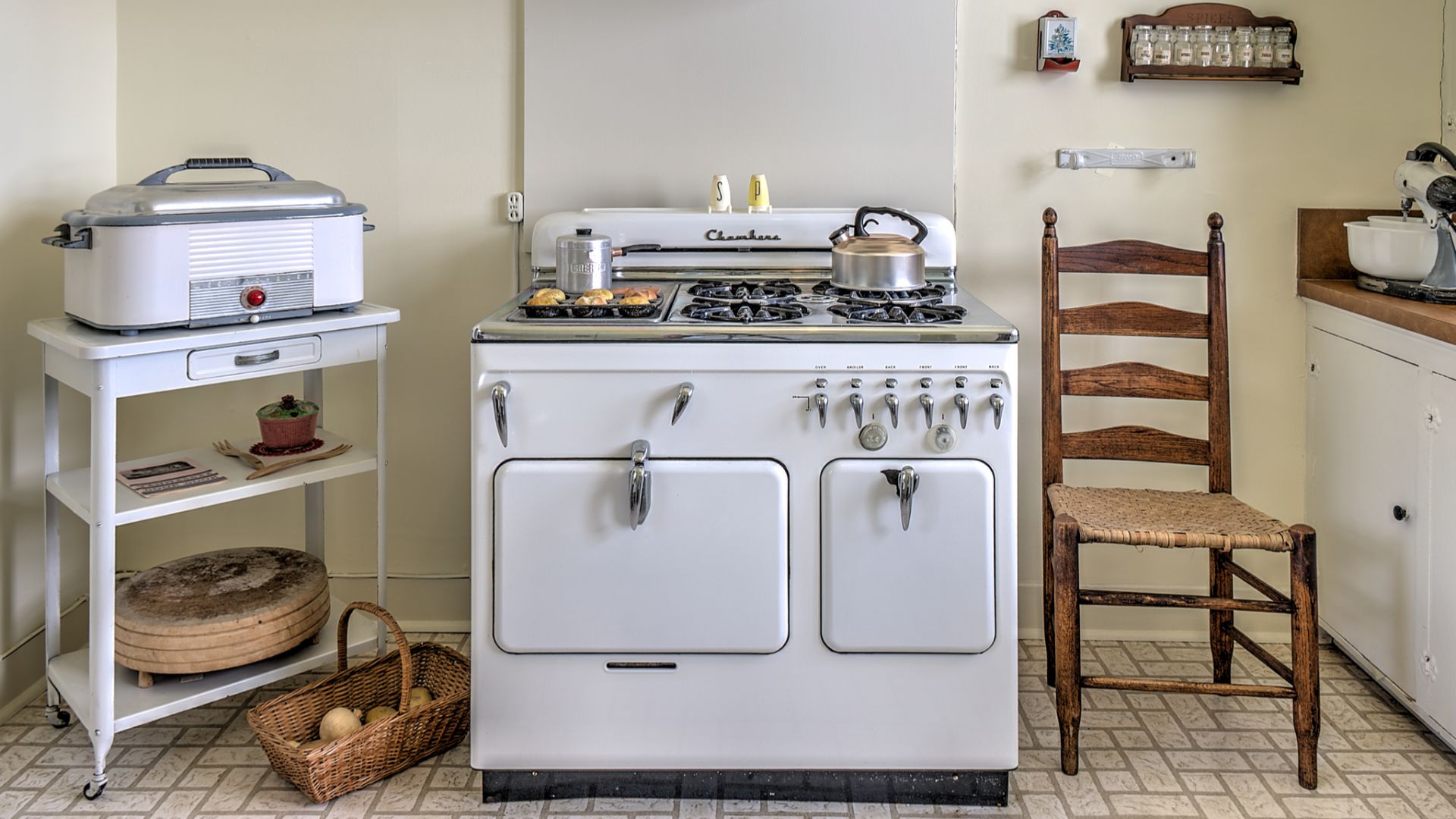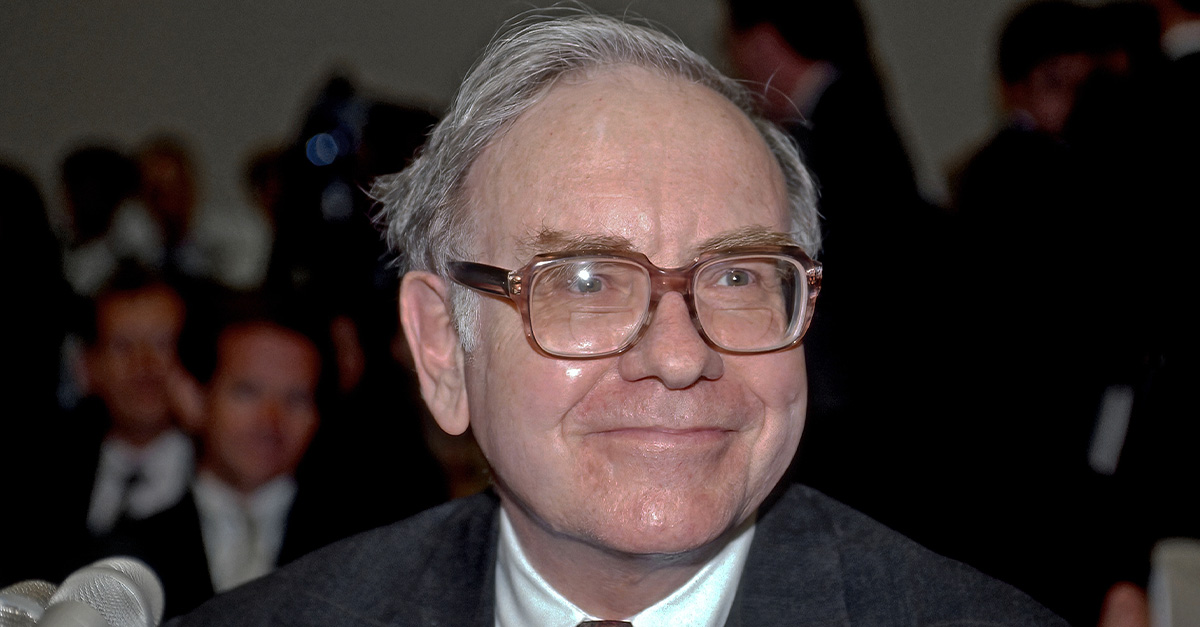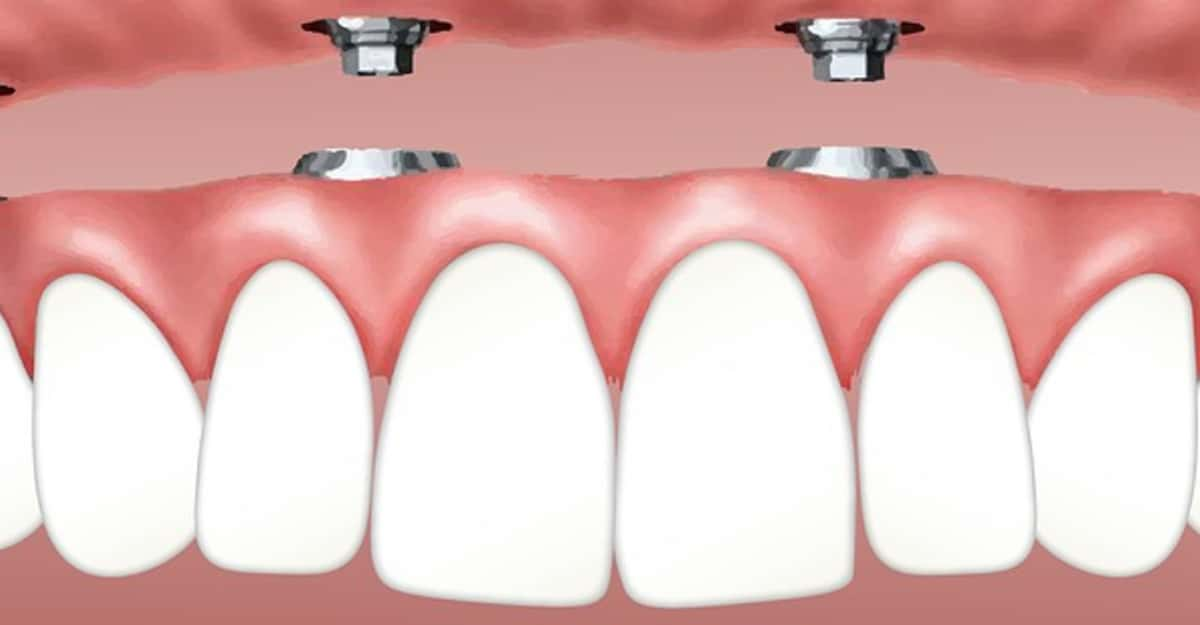You'll Wish You'd Kept These Vintage Household Appliances From Yesteryear
From chrome-draped Deco radios to early color televisions and sculptural ranges, some everyday appliances have transformed into coveted design icons. Their rarity, craftsmanship, and cultural significance now draw serious attention at auctions and among collectors. Below you’ll find a collector’s tour through 25 historically important, more-than-30-year-old household appliances—each with verified provenance and present-day values where the market has spoken.
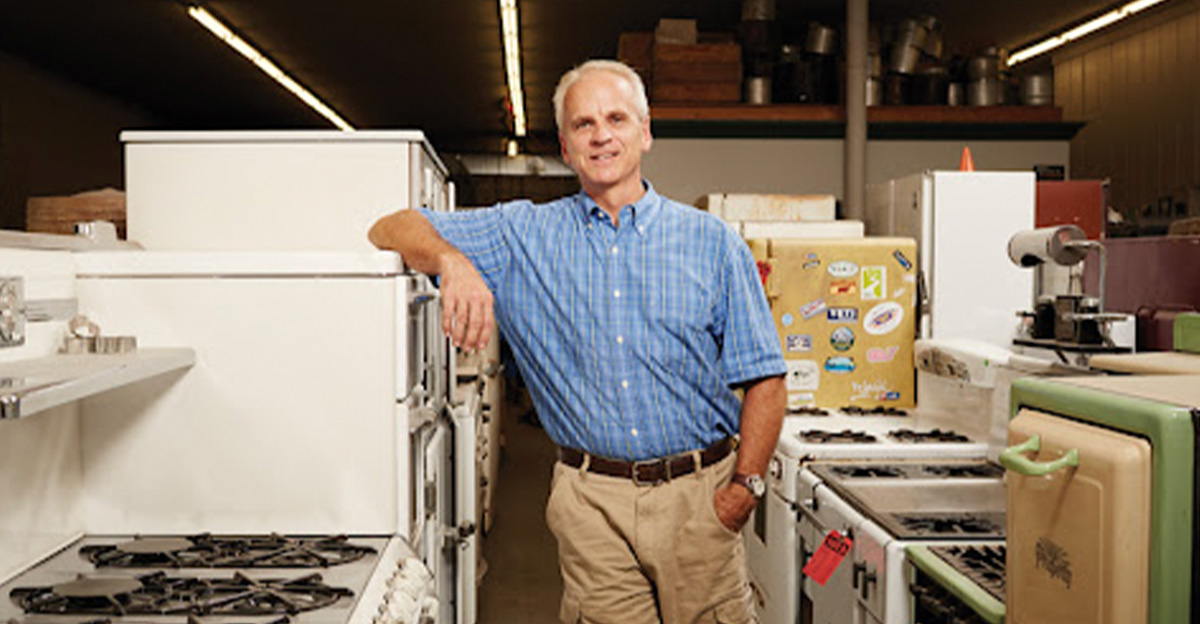
Zenith “Stratosphere” 1000Z Console Radio (1935)
One of the most sought-after American radios, the 16-tube Stratosphere blends luxurious walnut cabinetry with broadcast power. Only a few hundred were made, which explains why collectors chase them so avidly. With recent sales documented between $40,000 and $80,000, the Stratosphere has rightfully earned its place as the “holy grail” of pre-war radios.
 Zenith Stratosphere model 1000Z (1935), Aerofox441
Zenith Stratosphere model 1000Z (1935), Aerofox441
Westinghouse H840CK15 First-Generation Color TV (1954)
As one of the very first consumer color television sets sold in the United States, the Westinghouse H840CK15 symbolizes the birth of a new era in entertainment. Its rarity, coupled with the fragile 15GP22 picture tube, keeps values high, and a documented auction in 2024 showed one bringing about $5,000 in presentable condition.
 1954 Color TV Evaluation, Kirk Stankiewicz
1954 Color TV Evaluation, Kirk Stankiewicz
RCA CT-100 Color TV (1954)
RCA’s first color set marked the company’s ambitious leap into consumer broadcasting technology. Though surviving examples often suffer from picture-tube issues, they remain highly collectible. A complete CT-100 with a working 15GP22 tube is worth roughly $3,000–$6,000 today, reflecting both its historical importance and fragile survival rate.
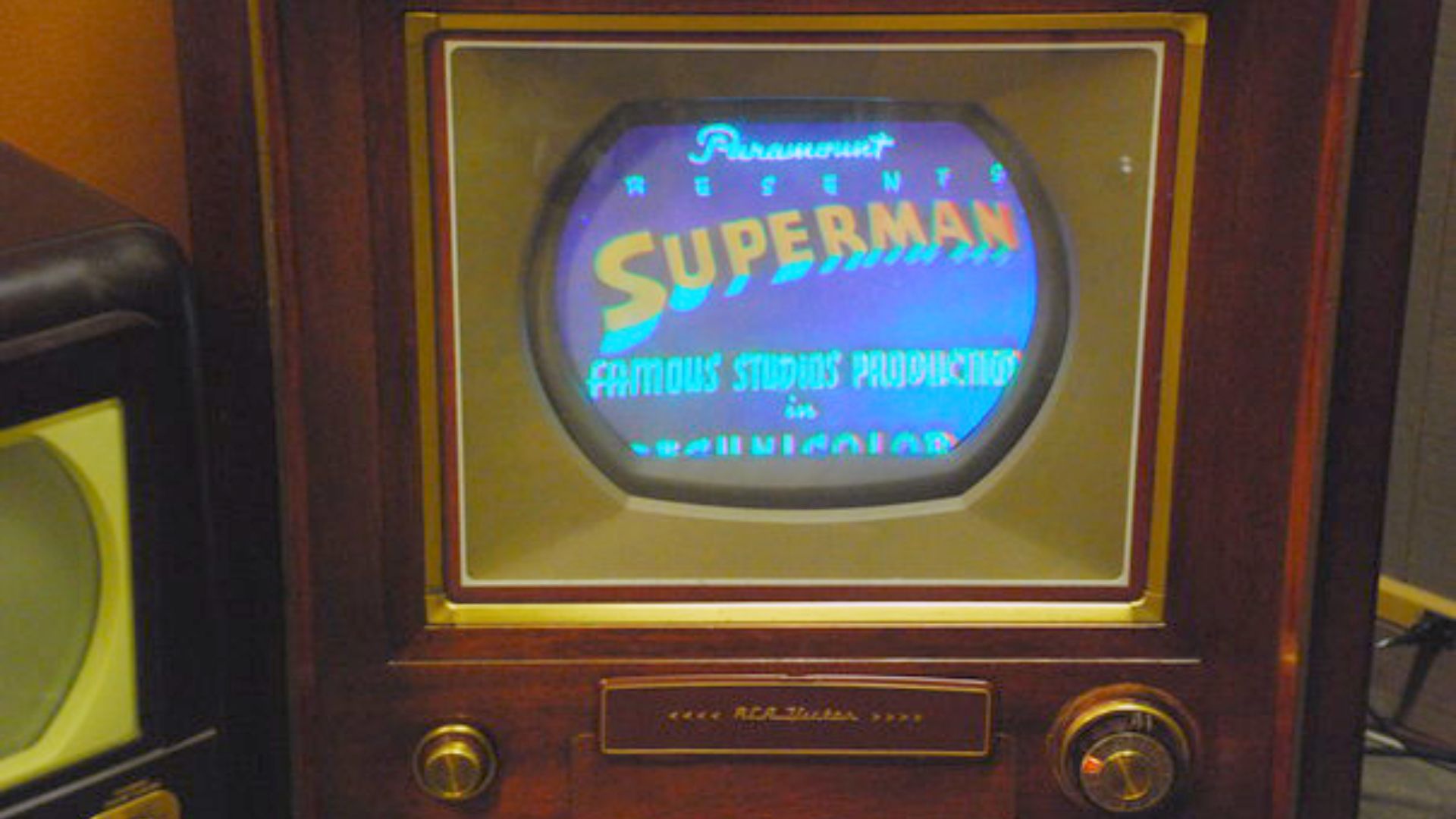 HumanisticRationale (talk), Wikimedia Commons
HumanisticRationale (talk), Wikimedia Commons
Philco Predicta “Holiday/Princess” TVs (1958–59)
Philco’s Predicta became a mid-century icon with its futuristic swivel screen and daring modern lines. Collectors value them not just for their style but also their rarity, with auction sales and listings confirming values of $1,500–$5,000 depending on condition and provenance.
GE “Monitor Top” Refrigerators (late 1920s–1930s)
The round-motor “Monitor Top” refrigerator revolutionized domestic kitchens, introducing reliable household refrigeration. Despite its utilitarian purpose, design fans adore its industrial aesthetic. At auction, restored examples have sold around $2,500–$5,000, proving that even early refrigerators can become prized collectibles.
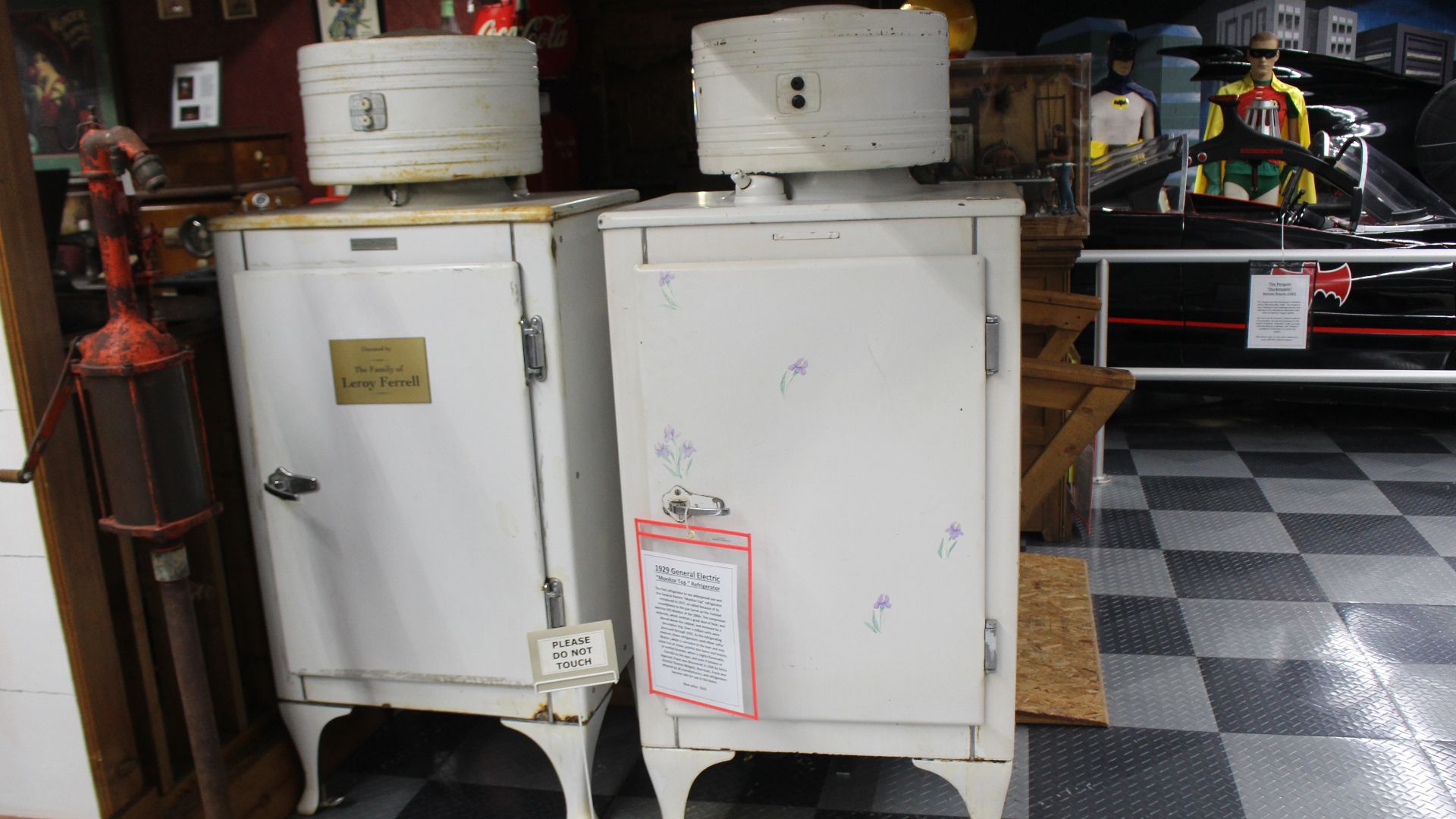 Michael Rivera, Wikimedia Commons
Michael Rivera, Wikimedia Commons
Sparton “Nocturne” 1186 Mirror Radio (1935–36)
Walter Dorwin Teague’s cobalt-blue mirrored Nocturne radio is perhaps the pinnacle of Art Deco appliance design. Few were produced, and those that survive are typically in museums or top collections. Auction records confirm values often topping $50,000–$150,000, making it one of the most expensive radios in history.
 Sparton Nocturne Radio, Sparton Nocturne
Sparton Nocturne Radio, Sparton Nocturne
Emerson “Patriot” Model 400 Catalin Radio (c. 1940)
Released with patriotic themes during the wartime era, the Emerson Patriot features bold Catalin plastics in red, white, and blue combinations. Collectors treasure the design’s vibrancy and rarity. Auction results consistently show sales of $3,000–$6,000, which makes it one of the most desirable small radios ever made.
FADA 1000 “Bullet” Catalin Radio (mid-1940s)
Streamlined and colorful, the “Bullet” remains one of the most recognizable Catalin radios, with translucent swirls that make each piece unique. The collector’s market remains strong, and depending on the cabinet’s clarity and condition, values generally fall between $600 and $2,500 today.
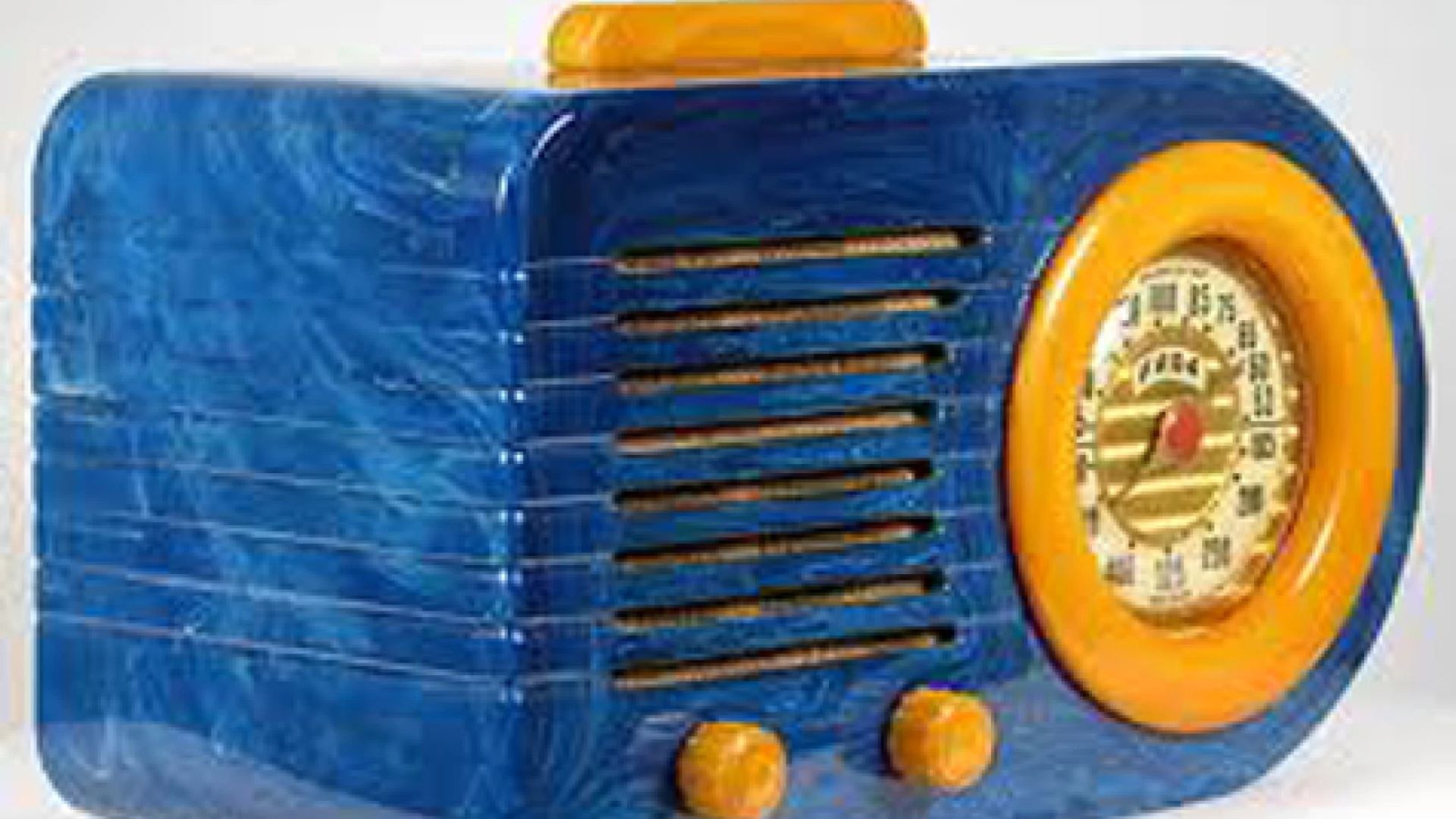 RoughRider00, Wikimedia Commons
RoughRider00, Wikimedia Commons
Singer Featherweight 221 Sewing Machine (1933–1960s)
Beloved for its portability, smooth stitching, and enduring reliability, the Featherweight 221 is often described as the “Rolls-Royce” of portable sewing machines. Particularly rare variations, such as World’s Fair editions, have sold for more than $7,000, while standard versions still regularly achieve $500–$3,000 at auctions.
 Singer Featherweight 221K - How to Thread the Sewing Machine Tutorial, Craftcore DIY & Sewing
Singer Featherweight 221K - How to Thread the Sewing Machine Tutorial, Craftcore DIY & Sewing
Singer 222K Featherweight Free-Arm (1950s–60s)
Even scarcer than the 221, the Singer 222K featured a free arm for specialized sewing tasks. Because of its functionality and limited production numbers, collectors prize it highly. Typical market activity shows prices ranging from about $750 to $2,200, making it one of the most expensive domestic machines in its class.
O’Keefe & Merritt Mid-Century Gas Ranges (1950s)
Known for their shiny chrome details, fold-down griddles, and pastel colors, O’Keefe & Merritt ranges are enduring icons of 1950s California kitchens. When restored, they make striking showpieces, and auction estimates suggest most trade for $1,000–$4,000, with perfect restorations commanding more.
 O'Keefe and Merritt Stove, Another Vintage Day
O'Keefe and Merritt Stove, Another Vintage Day
La Cornue Vintage Château Ranges (mid-20th Century)
Hand-built in France, La Cornue ranges became symbols of culinary luxury. Their craftsmanship and scarcity on the secondary market make them attractive to both chefs and collectors. A documented auction shows vintage examples fetching about €6,500, reflecting their ongoing desirability.
 Why Billionaires Choose This French Range | La Cornue Château 150, Michael Rounds
Why Billionaires Choose This French Range | La Cornue Château 150, Michael Rounds
Amana “Radarange” First Home Microwaves (1967)
The Amana Radarange was the first commercially successful microwave marketed to households, shrinking restaurant technology into the kitchen. Collectors view them as milestones in convenience, and vintage models in working order today generally command between $200 and $1,000.
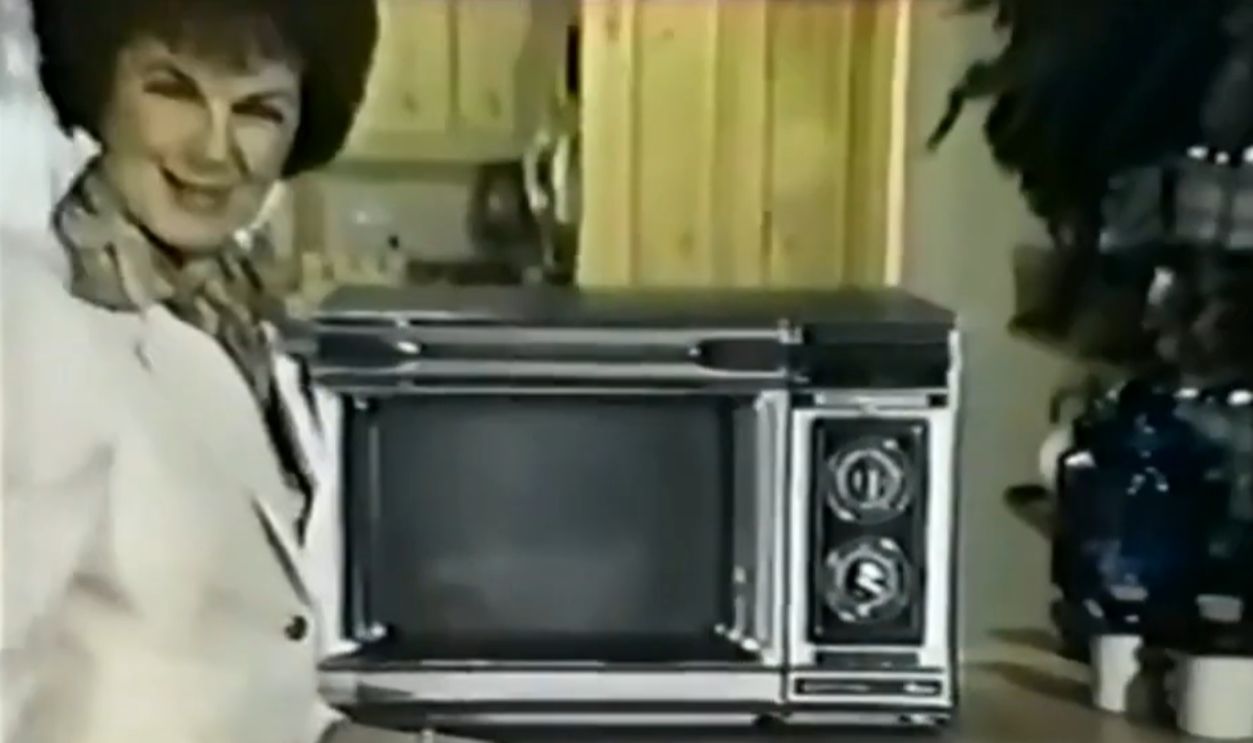 Amana Radarange Commercial (Barbara Hale, 1976), Bionic Disco
Amana Radarange Commercial (Barbara Hale, 1976), Bionic Disco
Toastmaster 1A1 “First Pop-Up” Toaster (late 1920s)
As the world’s first automatic pop-up toaster, the Toastmaster 1A1 revolutionized breakfast routines across America. Collectors are drawn to its pioneering engineering and industrial charm, with surviving examples often selling for $150–$500 depending on restoration quality.
 Toastmaster 1A1 First Pop-Up Toaster Circa 1928, Kerry Gietzel
Toastmaster 1A1 First Pop-Up Toaster Circa 1928, Kerry Gietzel
Sunbeam T-20 “Automatic Drop” Toaster (1950s)
Unlike most toasters of its time, the Sunbeam T-20 lowered bread automatically without a lever, a feature that amazed postwar households. Vintage models still command attention today, with clean chrome examples usually selling for $80–$200.
La Pavoni “Europiccola” Domestic Lever Espresso Machine (1960s–70s)
Compact yet elegant, the Europiccola remains a favorite among espresso enthusiasts for its hands-on brewing. Collectors of coffee history actively seek these machines, which typically trade for $500–$1,200 in vintage condition, especially early models with rare details.
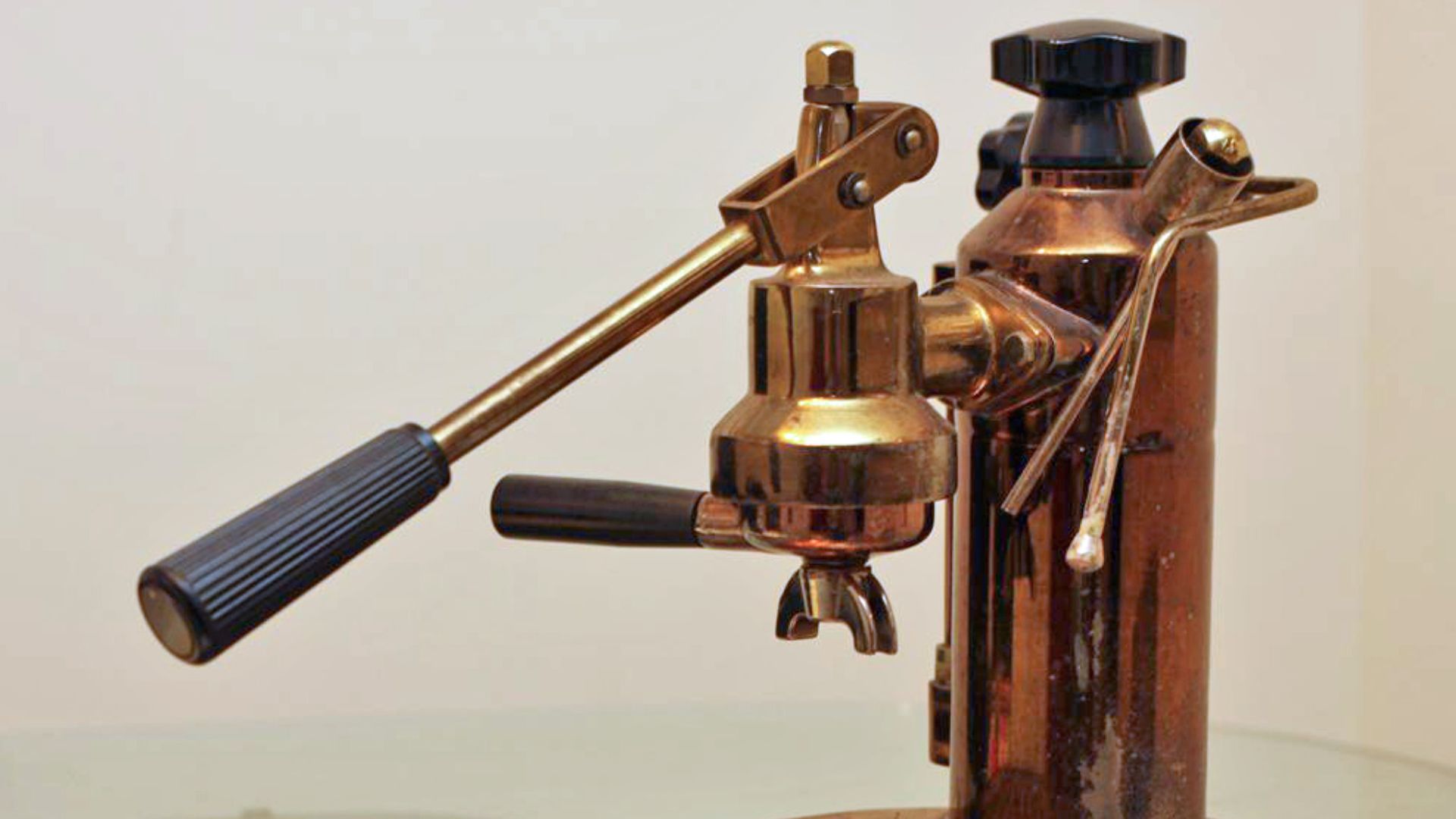 Adam Barkley, Wikimedia Commons
Adam Barkley, Wikimedia Commons
Olympia Cremina ’67/Classic (late 1960s–80s)
The Swiss-built Olympia Cremina lever espresso machine quickly became a cult classic. Known for its durability and design, the Cremina has kept its reputation for over five decades. Market data shows well-kept examples consistently selling for $2,000–$3,500, proving the enduring appeal of this home barista icon.
 Review: The Olympia Cremina, James Hoffmann
Review: The Olympia Cremina, James Hoffmann
Braun “Snow White’s Coffin” SK 4 Phonosuper (1956)
Designed by Dieter Rams and Hans Gugelot, the SK 4 redefined home audio with its minimalist look and clear acrylic lid. Collectors recognize it as the blueprint for modern electronics design, and auction listings confirm values ranging from €1,500 to €4,000.
 With Associates, Wikimedia Commons
With Associates, Wikimedia Commons
Emerson Translucent-Color Catalin Sets (1940s)
Beyond the Patriot, Emerson made several translucent Catalin designs in vibrant shades. Collectors chase these for their decorative impact, and crack-free examples often sell for $1,500–$5,000, depending on rarity and condition.
 Emerson Little Miracle AX235 Catalin Tube Radio Test, caddyking76
Emerson Little Miracle AX235 Catalin Tube Radio Test, caddyking76
FADA Catalin Variants (Model 115, etc., 1940s)
FADA produced multiple Catalin radios beyond the “Bullet,” each with colorful swirled plastics that aged uniquely. These models continue to be highly collectible, with prices usually sitting between $600 and $2,500 on today’s market.
 FADA Model 115 Restoration PART 1, old64goat
FADA Model 115 Restoration PART 1, old64goat
Additional Early Color Sets (1954–60)
Early color televisions from Admiral, CBS, and others are rare survivors of the first broadcast decade. Their fragile CRTs make intact examples hard to find, which is why prices can vary widely, often from a few hundred dollars to several thousand depending on model and restoration.
 1954 CBS 205 Roundy Color Television Analysis Rare Early Color TV ,shango066
1954 CBS 205 Roundy Color Television Analysis Rare Early Color TV ,shango066
Decorative Art-Deco Table Radios (1930s)
Table radios with chrome, Bakelite, or vivid Catalin plastics embody the glamour of the 1930s. Collectors adore their sculptural qualities as much as their sound, and current auction results show many sell for $300–$1,500 depending on finish and rarity.
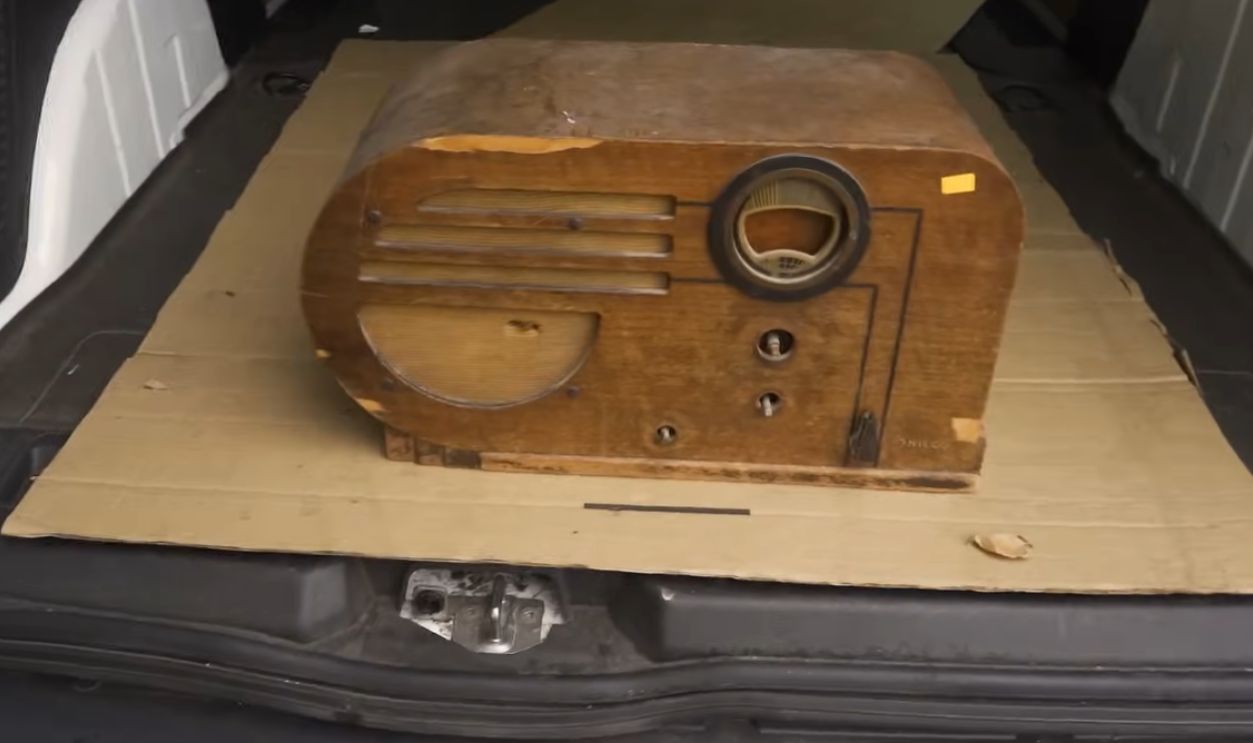 Restoration Of A Vintage Art Deco Radio Cabinet, Dashner Design & Restoration
Restoration Of A Vintage Art Deco Radio Cabinet, Dashner Design & Restoration
Restored Mid-Century Gas Ranges (Chambers/Wedgewood)
Chambers and Wedgewood ranges of the 1940s–50s remain highly collectible, especially in pastel hues with chrome trim. Professionally restored examples often fetch between $1,500 and $6,000, making them a centerpiece in many retro kitchens.
High-Style Deco Console Radios (Sparton “Bluebird,” etc.)
Walter Dorwin Teague’s circular “Bluebird” radio and similar designs epitomize Art Deco elegance. Their mirrored glass and chrome detailing stand out in any collection, and strong-condition examples regularly bring $1,000–$4,000 at design auctions today.
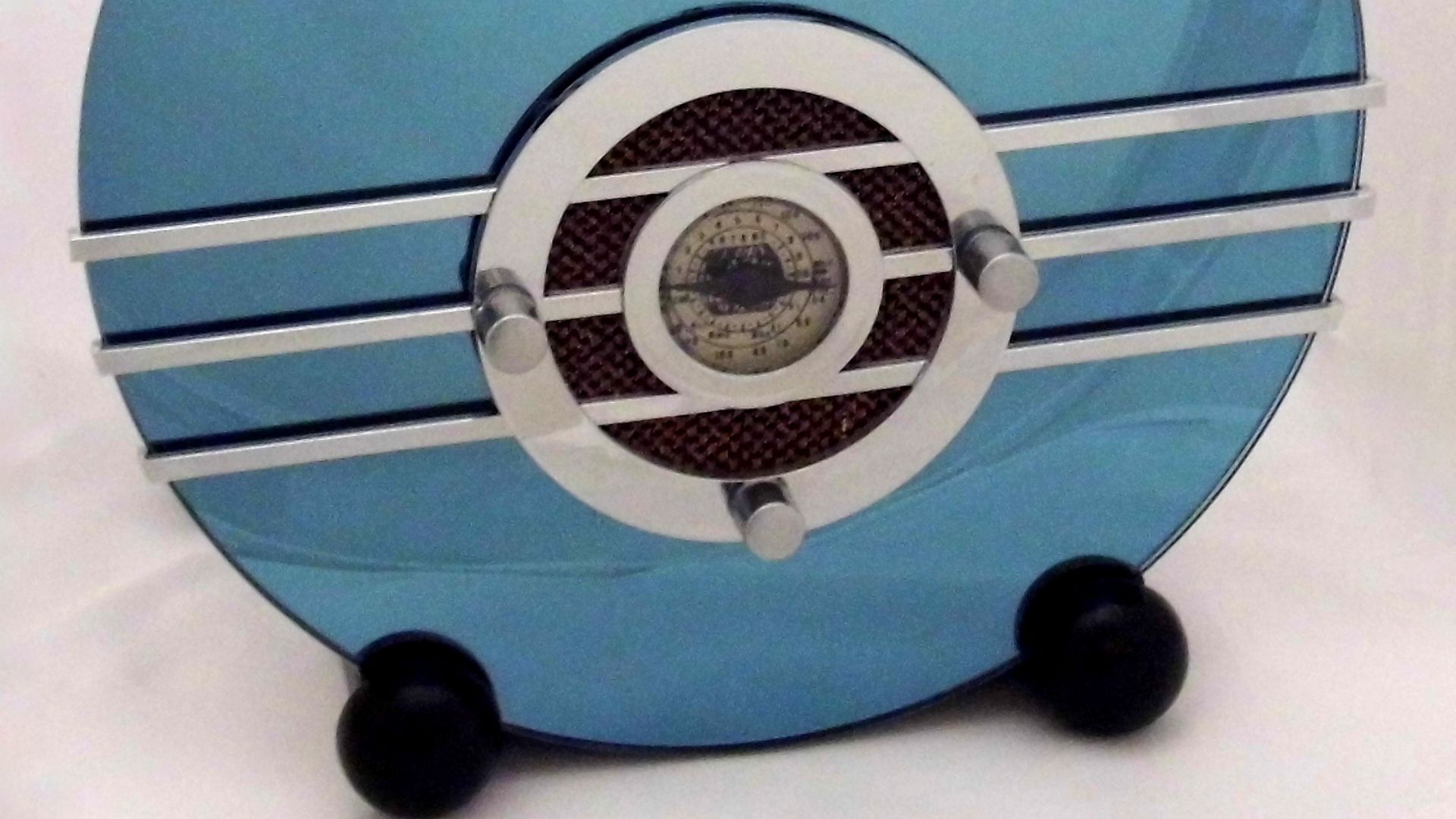 Joe Haupt from USA, Wikimedia Commons
Joe Haupt from USA, Wikimedia Commons
Early Upright Vacuum Cleaners (Hoover Model O, 1908–10)
The Hoover Model O was the first truly portable household vacuum cleaner, a device that transformed cleaning. Surviving early examples are extremely rare, with museum-quality units sometimes reaching several thousand dollars, though more typical vintage Hoovers from the 1930s–50s usually sell for $100–$300.
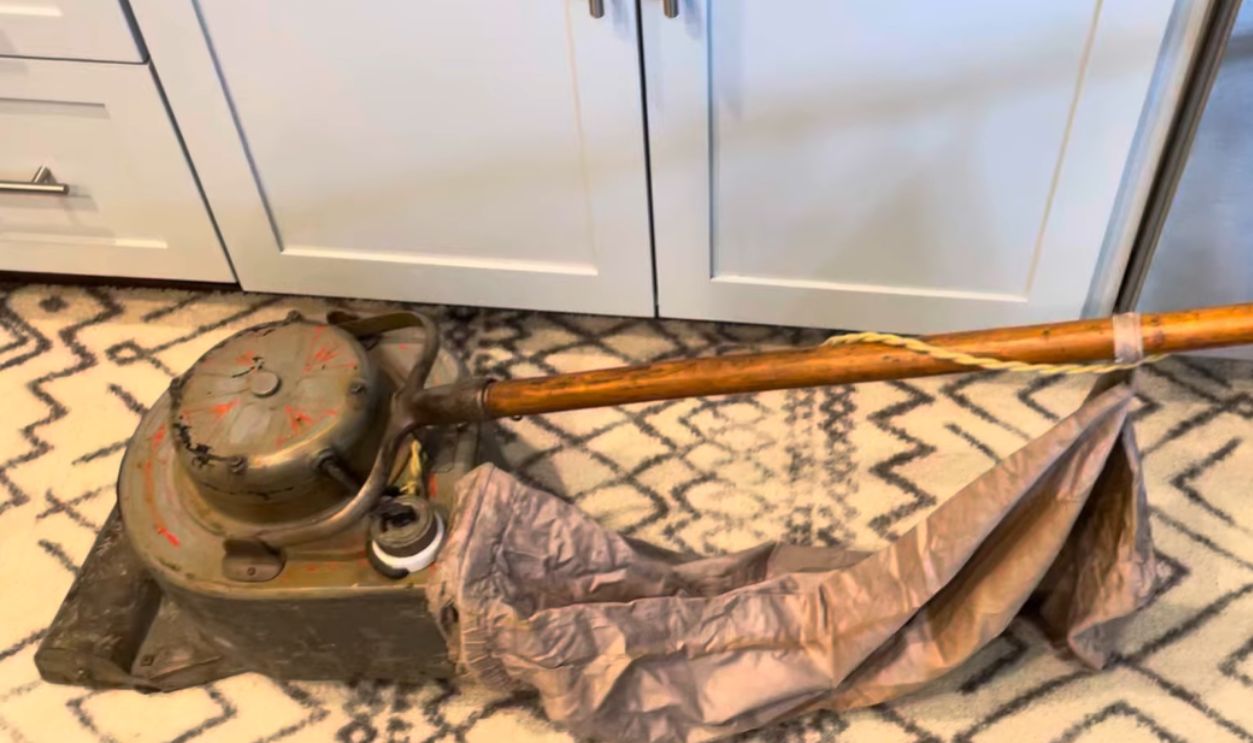 In operation: 1908 Hoover Model O Vacuum Cleaner; first portable household electric sweeping device
In operation: 1908 Hoover Model O Vacuum Cleaner; first portable household electric sweeping device
Which Of These Old Appliances Do You Still Have?
The household appliances that command extraordinary values today do so for a mix of reasons: some, like the RCA CT-100 or Amana Radarange, represent breakthroughs in technology; others, like the Sparton Nocturne or Braun SK 4, are prized as works of design art; and still others, like Singer Featherweights or restored O’Keefe & Merritt ranges, retain practical charm in kitchens and studios. What unites them is their ability to capture the essence of their era—ordinary machines that became extraordinary artifacts.
You May Also Like:
Americans View These Things As Luxuries, To Europeans They're Normal
Retro Soda Bottles Now Worth Thousands

